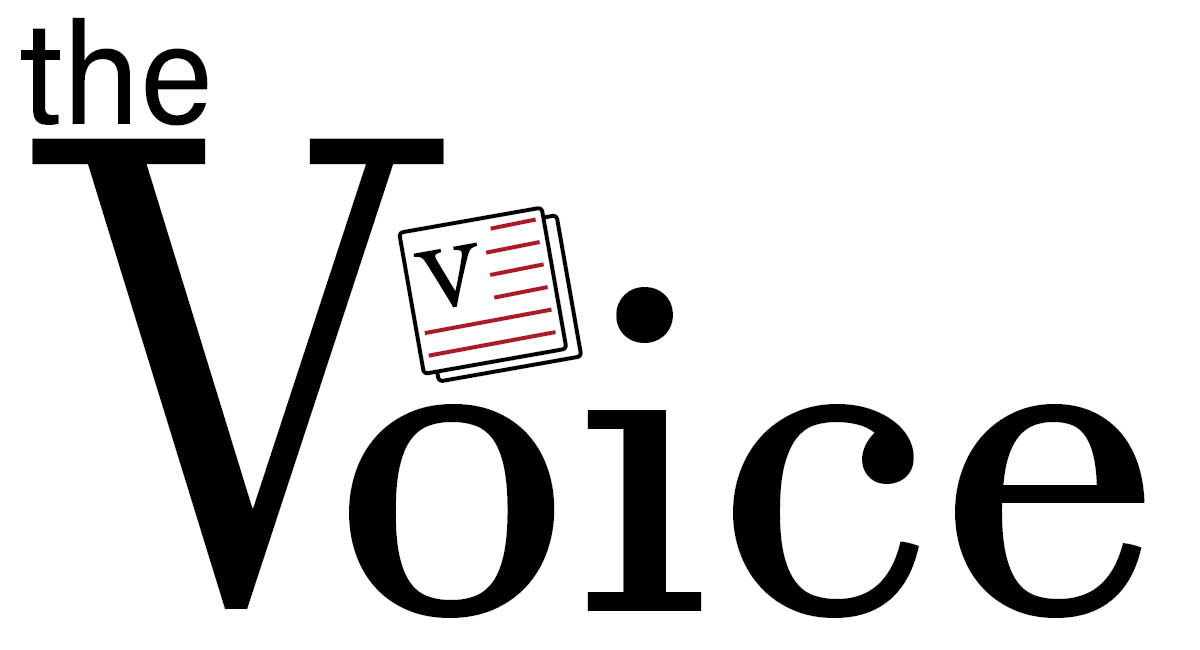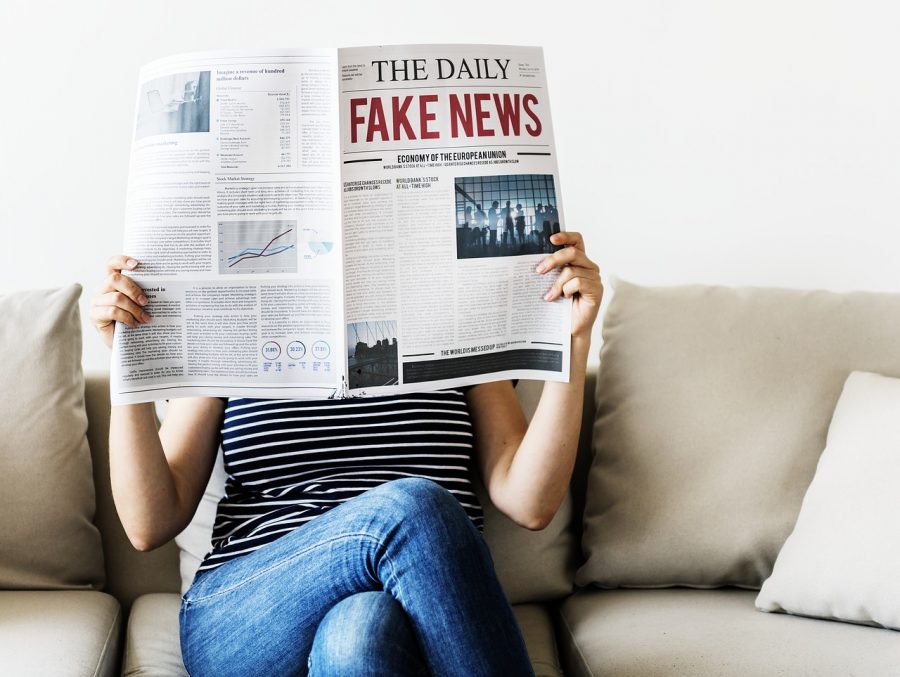Media Changes Everything
October 13, 2020
Media can either be educational or biased, depending on the features they present on television or websites. It gives and takes someone’s personal opinion and can alter it into something completely different.
COVID-19 was declared a pandemic March 11, launching a controversial argument between the citizens and the media. Very minimal information was released about the pandemic at first, until the media began to turn their attention towards the issue. At first, people had believed everything the media had to say about the pandemic because they had no idea what was to happen or how to feel about it.
College students seem to be suffering more than high school and elementary students have due to the medias affect on the pandemic. Tomaskovic often spoke about how his college requires him to wear a mask while he was in a lecture hall, but some classes require him to stay in his dorm and attend online through zoom calls.
“When it first happened, I was not worried about it at all. I did not think it would spread this big or be this much of a problem. When the first cases in the country appeared, I thought [the people with COVID] would be quarantined and it wouldn’t spread,” said Ethan Tomaskovic, a freshman at Prescott Arizona College.
Everybody is separated while in each lecture hall, maintaining the recommended distance of 6 feet. Ethan believes that he isn’t allowed to have the full experience of college and has been having a hard time meeting new people properly due to the new procedures and rules.
As time went on and more information was released, numbers of COVID cases spiked within months and had many people second guessing what they believed.
“I think the media twists things up a bit. It’s hard to say, since we didn’t know much about COVID. They made it over dramatic and a lot of the time, COVID isn’t that deadly besides to the people who had issues already or those who were elderly,” said Logan Bennett, a junior at Huntley High School.
He also explained how him and his father talked about the cases of those with COVID. They believed that each case was a cover-up for those who actually had other diseases, or that those who passed away were already on their deathbed from some other issue.
However, the media portrays a large and valuable outlook on COVID. It provides the information that the public needs on how to remain safe and healthy throughout this time.
Centers for Disease Control and Prevention provides many different ways to stay healthy along with additional information about ways you can detect COVID. They also provide many tabs of the different things apart of COVID, telling you what you can do when you have tested positive, and they even answer often asked questions.
Fox News has also written an article posted in early March about what you need to know about COVID. They provide information on symptoms, when it becomes major, transmission, how well you should sanitize, and more. The article also shows videos of professional doctors, victims, and others who include things needed to know about COVID.
“As Coronavirus continues to spread across the country and the globe, there is important information you should know about the disease, what you can do to mitigate its impact, and how you can keep yourself and others safe,” Fox News said.
As COVID has become much more of a problem and the media continued to release information, people have become more suspicious of the media’s motive of information and whether it is true or false.



